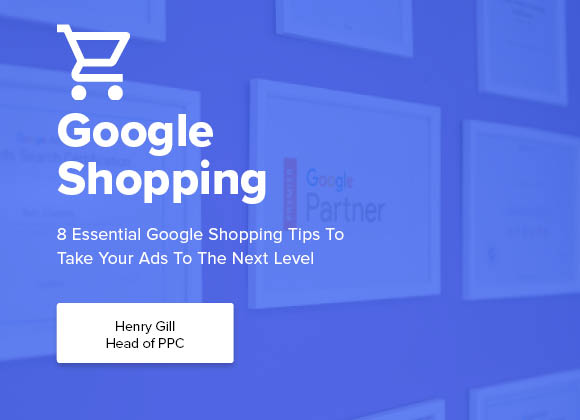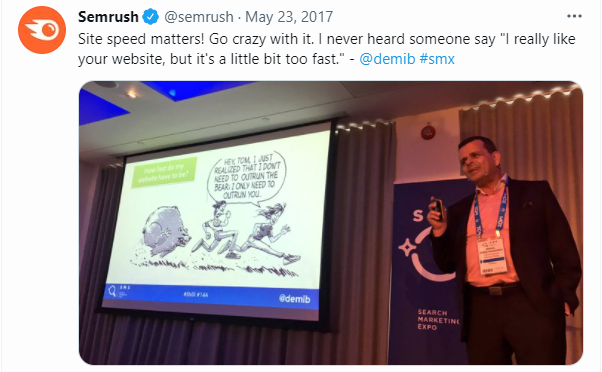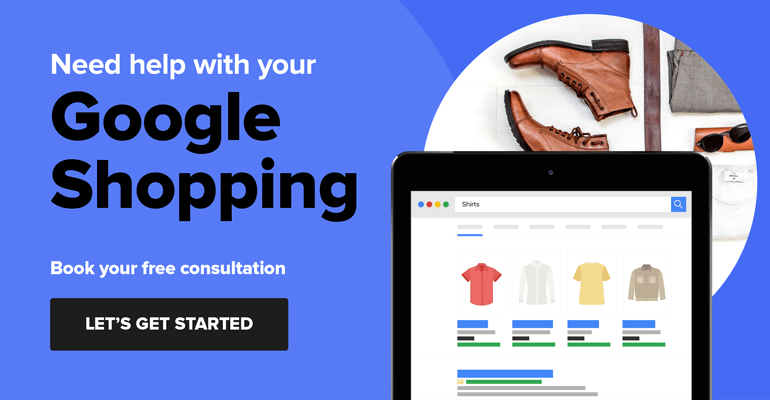July 2021 is an exciting time to work in Google Shopping, with new opportunities in automation, machine learning and advanced customisation. Google Shopping continues to play a dominant role in driving conversions, and as Black Friday is a mere few months away, it is worth reviewing some essentials to put you in the best position to succeed. In this blog, I will share my top Google Shopping tips to increase your sales.
Tip 1: Obsess over your bestsellers
Pareto’s principle is alive and well in the average Google Shopping account. Not only do 80% of conversions come from 20% of products; but within that top 20%, 80% of conversions are generated from 20% of products.
With the new Google Ads interface – it is easier than ever to identify your bestsellers; you just need to go into “Reports. Predefined Reports. Shopping. Shopping – Item ID”. This will provide you with a list of all your SKU’s across your whole account.
You can then add and sort columns for “conversions” and “conversion value” (from highest to lowest) to find your top-selling products.
With your bestsellers, it is really important to review how profitable these are (by reviewing conversion value/cost). If you are getting good results, there may well be scope to increase your bids, especially if you have a low search impression share or a low click share. You might also be overpaying for conversions within your bestsellers, so identifying where your cost/conversion is disproportionately high and reducing your bids can also benefit your overall campaign performance.
Pro tip: Create SKAGs. Once you have found the top converters, we recommend creating Single Keyword Ad Groups (SKAGs) for your best 30 products over the last 12 months. This extreme level of granularity allows you to make the bespoke bid and settings adjustments, gives you product level control over search term exclusions and enables better reporting.
Tip 2: Review mobile adjustments
Conversion rates through mobile have massively increased in the last 12 months, and mobile is dominating conversion share. In this increasingly “mobile first” world, you will be “leaving money on the table” if you do not have a strong presence on mobile. For our highest spend client, a comparison of the last 30 days compared to the same period last year shows a 26% increase in mobile conversion rate and mobile conversion share increasing from 69% to 78%. In this rapidly changing landscape, it’s crucial to review and optimise your mobile adjustments regularly; or you could be missing out on significant opportunities.
Just a year ago, it made sense to have significantly lower bids on mobile relative to the computer (some of our accounts had mobile bid reductions of up to 65% compared to a computer); as conversion rates were much better on a computer. While in most cases computers will still convert better than mobile, easing the bid decreases on mobile could reap significant rewards.
Pro Tip: Move to non-last click attribution
If you are still using “last click” attribution, there is a good chance you are underestimating mobile effectiveness. Clicks will often start on mobile and end with a conversion on a computer or tablet, but you can’t quantify this if you are only giving credit to the final click that led to the conversion. With non-last click models such as “linear” or “time decay”, partial conversion value will be assigned to all clicks along the conversion path. Changing away from “last click” attribution will provide much more useful data and will help you make more informed mobile bid adjustments.
Tip 3: Don’t sabotage your campaigns with a poor website experience
A poor website experience can completely undermine any actions you are taking in Google Ads and effectively means you are throwing away a large portion of your Ad budget. If your website experience is sub-optimal, but your results are reasonable in Google Ads, improving your website can lead to a higher conversion rate and more conversions for a lower cost. Improving an eCommerce website is the subject of a book rather than a subsection of a blog but the steps I would recommend taking first are:
- Creating a clear and easy to navigate website
- Improving site speed
- Streamlining the checkout process
- Make the content user friendly
Pro Tip: Make Optimising the mobile experience your top priority
As mentioned above, mobile is now generating the majority of traffic for most websites and is where the majority of your conversions will take place. It should be your first development priority to improve the mobile experience.
Tip 4: Improve the relevancy of your Shopping Ads
Customers are now expecting Ads to be highly relevant and even customised to them. Google has noticed a spike in searches such as “[x product] for me” and “the best [y product] for me”. To win the click, It is more important than ever to show products that are exactly related to their searches. The key to improving relevancy is optimising your feed – using feed rules. Rather than “bare” product titles, you should amend the titles and include information such as brand, gender, product type and attributes (such as colour, size or material). For example, rather than the title “trainers”, you would want “Nike Men’s Basketball Trainers, Black, size 11”. This will help match the best-suited product to search queries and will improve the click-through rate when your Ads are triggered.
Pro Tip: In addition to showing appropriate Ads to win the “first” click, adding high remarketing bid adjustments enable you to show relevant Ads to past website viewers. Customers rarely purchase on the first visit, instead, they will browse other websites for comparison and may return to your website several times before buying.
On a fairly good site, around 96% of customers will leave without converting and on a poor site this percentage is higher still. The large group of customers who have left without converting are an important audience, as on average they are twice as likely to buy from you as first-time visitors. Increasing your bid adjustment (for example by 100% within the first 7 days of the visitor landing on your site) means your Ads will be much more likely to show to the returning visitor.
Tip 5: Differentiate your Shopping Ads
It is important to make your Shopping Ads stand rather than your competitors win the click. If the potential customer has used a longtail, very specific search term, it is likely several identical products will show from different vendors. In this scenario, the potential customer is likely to have a very clear idea of what they want – so their chances of converting once they reach a site are high; in this instance, it is especially important to give the potential customer a reason to click your Ads.
To make your Ads more enticing you could include discounts, information about shipping or any free gifts that are included with purchase. All of these features can be added with “merchant promotions”.
Pro Tip: Another way to differentiate your Ads is through reviews (assuming your ratings are good!). You will need to use a reviews aggregator such as “Feefo” to collect seller ratings, then you can upload the reviews data into a feed.
Tip 6: Reallocate wasted spend
Going into peak season, demand for your products and conversion rates should increase. This should not be the time to reduce the overall budget. However, it is always worth identifying where spend is being wasted and re-allocating this to the high performing areas of your account.
To find the campaigns where your spend is out of proportion to return, we find the best approach is to add a ROAS (return on ad-Spend) filter at the campaign level. You only see the campaigns that are performing below target. You will want a reasonably large data set to make bidding decisions, so we would recommend a minimum time period of 30 days.
Starting with the most expensive underperforming campaigns, we recommend reducing their daily budgets and spreading these savings amongst the campaigns with high conversion value and high ROAS. With the poorly performing campaigns, a quick way to make blanked bid reductions (to prevent the campaign from being limited by budget), is to make decreases at the device adjustment level. This method is very quick and easily reversible.
Pro tip: Use “Keyword Sculpting” to save money on generic keywords
One of the areas where spending is often wasted is on poor quality, high volume search terms. These will often be very generic words, from people at the “top of the funnel”; who are not yet ready to buy. Some of this traffic is useful, as visitors using generic terms may later convert. However, as conversion rates are lower for generic terms, you will want to avoid overpaying for this traffic.
To set different bids for different keywords you will want to use a process known as “keyword sculpting”, where your highest quality keywords are filtered out of your generic campaigns into campaigns with higher bids.
Tip 7: Make sure images are high quality
High quality, lifestyle images go a long way for Google Shopping Ads. As the image is the focal point, you need to make sure that it does your product justice.
Don’t just use the supplier’s photos. Make it individual to your business and showcase your products in the best possible way to entice the purchase.
Tip 8: Make sure the prices align
It is essential that your Google Shopping Ads show the same prices as what is on your website. Not only does this impact your visibility on Google, but your user experience.
Nobody likes being lied to. Keep them regularly updated with automated notifications if there are any errors.
If you want to work with a Google Premier Digital Marketing Agency to take your Google Shopping Ads to the next level, book a free 15-minute discovery call with our team.




